Every truthful photo about events on the Ukrainian frontline or de-occupied cities and villages, about the shelling of civilians, is evidence of russian crimes. That is why showing the truth about the war is a crucial mission for photojournalists. However, it is becoming increasingly difficult to fulfill it. Fake photos, manipulations, and images created by artificial intelligence undermine trust in the profession. How to recognize manipulations, make a quality photo report about “hot” events, how to prepare for filming, and why it is so important to adhere to ethical principles – this was discussed during the National Union of Journalists of Ukraine’s (NUJU) webinar called Photos Against Fakes: How To Capture The Truth In The Context Of Information Warfare. It was conducted by Serhii Korovainyi, a photographer and photojournalism teacher at the Kyiv-Mohyla Academy, as part of the NUJU project called Strengthening the Resilience of Frontline Media as a Tool to Combat Disinformation.
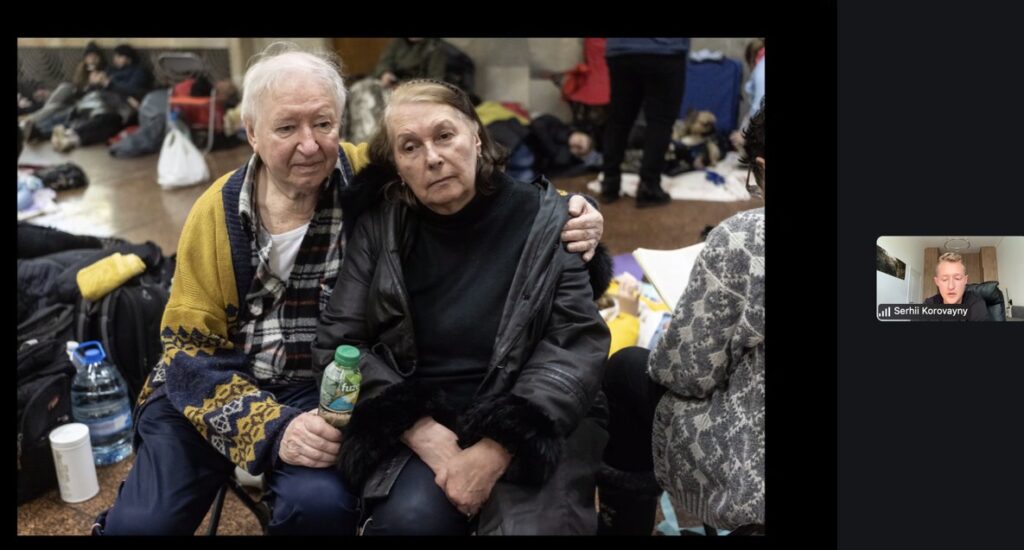
Serhii Korovainyi is originally from the Donetsk Region. He was born in the currently occupied city of Khartsyzsk. He currently works as a freelancer, covering all the significant events of the russian-Ukrainian war. He also teaches photojournalism at the Kyiv-Mohyla Academy. He collaborates with The Wall Street Journal, Time, Spiegel, and The Guardian, is a laureate of the 2022 James Foley Award for Conflict Journalism, and a participant in the Joop Swart Masterclass from World Press Photo. Serhii’s works have been recognized at POYi, NPPA, and other competitions.
He began filming russia’s full-scale war against Ukraine from the first day of the invasion, working in de-occupied settlements in the Kyiv, Sumy, and Chernihiv Regions. He often visits the Donetsk Region, about which he is preparing his photo book.
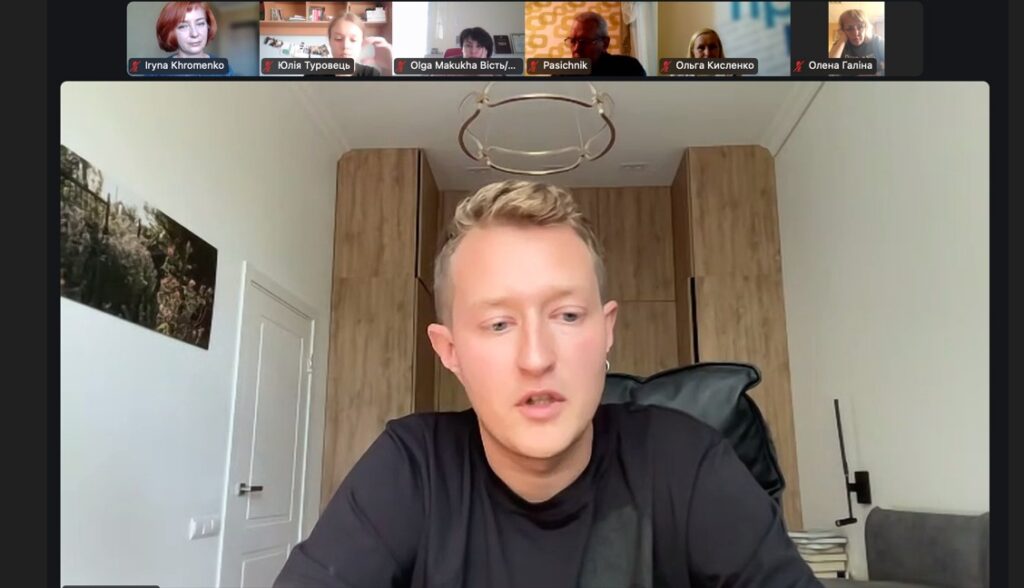
Based on the materials from Serhii Korovainyi’s webinar, we offer advice for media professionals working in wartime who want to produce high-quality photo reports.
Why is the truth in a photo important?
A journalistic article with a photo inspires more trust than a purely text article. However, nowadays, with the help of digital technologies, it is becoming increasingly easier to alter images or even create “photos” using AI resources.
Manipulations through photos:
- Staged photos. One of the most famous photos here is the image of the Victory Flag over the Reichstag, taken by Evgeny Khaldey. It was taken on May 2, 1945, after the end of the fighting. Khaldey’s photo, although it has become iconic, was carefully edited.
- Staged photos are a characteristic feature of russian propaganda. They are actively used even now to discredit Ukraine.
However, there are instances of staged photos being used in Ukraine. In particular, the case of Dmitro Muravskyi is quite well-known in professional circles. He worked as a volunteer and photographer in the ATO zone and at training grounds for a considerable period on his own initiative. He was even appointed an advisor to the Ministry of Defense on a voluntary basis. But his staged photos, which were perceived as documentary, undermined the credibility of Ukrainian photojournalism. Therefore, due to the resonance, Muravskyi was dismissed from his post.
Digital manipulation, Photoshop
One of the first known examples of such manipulation is the image of American General Ulysses S. Grant from the mid-1800s, which was actually created from three original images taken in very different places at different times. General Grant’s head was taken from one image, the body and horse from another person in another image, and the background from a completely different scene.
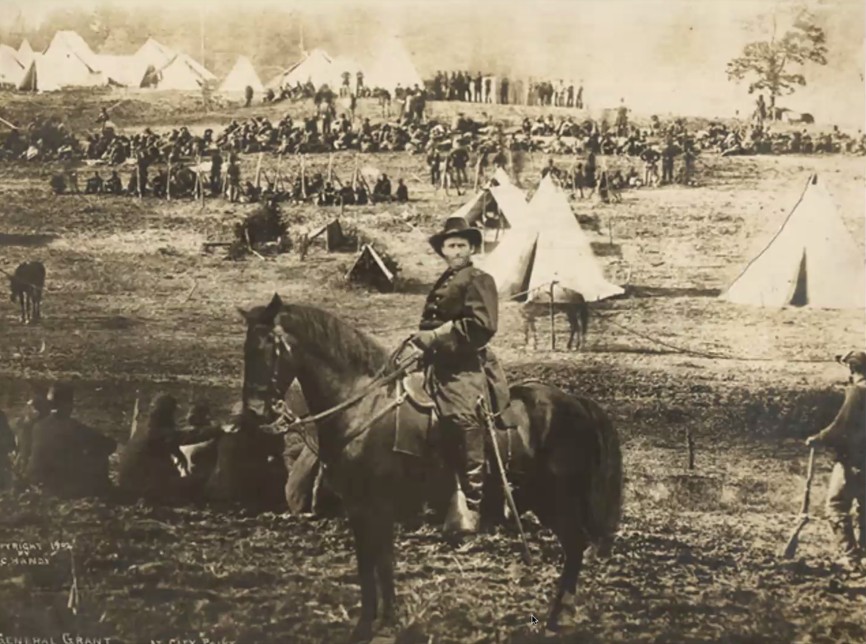
AI-generated photos
This is perhaps the biggest threat to real photojournalism, as they are becoming increasingly difficult to distinguish from staged images. The main problem here is not the presence of such photos, but their use instead of real ones, particularly in the media or on official resources. Today, there is an unusually large number of such photos on social networks. However, by distributing these photos or using them as illustrative material without proper markings, the media undermine their credibility.
How to recognize AI images:
- Detectors (Sightengine, AI, or Not Hive Moderation)
- Strange or disproportionate details (for example, hands, teeth, shadows)
- Incorrect text or letters
- Checking the context.
For example, there are now many instances of using photos that do not align with the context. One example: after the explosion of the Kakhovka hydroelectric power station by the occupants, the Ministry of Internal Affairs of Ukraine issued a call for the evacuation of animals, accompanied by a picture of dogs swimming in the water (although the photo was actually taken in Thailand).
Ways to detect manipulation in photos:
- Using search services, Revers image search (Google Image Search, TinEye)
- Using metadata analysis
- Geolocation search (+ Google street view)
- Using context matching check
- Checking the author or source
Analysis of the accompanying text (in particular, the presence of words such as “shock,” “sensation,” “urgent,” etc.).
Everyone will lose if we lose the truth in photos and texts, if the information space is filled with fakes, assures Serhii Korovainyi. Therefore, the task of media professionals is to set an example in handling images, lobby for media literacy training among schoolchildren and students, and clearly mark AI-generated content.
It is not actually forbidden to use illustrations created by artificial intelligence, as not all newsrooms can, for example, afford to purchase real photos due to limited budgets. However, it is necessary to indicate that AI generated this image clearly.
Rules from the Code of Ethics of the National Association of Press Photojournalists:
- Show the truth.
- Do not use staging.
- Be objective, avoid stereotypes.
- Respect the people you are photographing.
- Do not influence their behavior.
- Editing should not distort reality.
- Do not pay for photos or bribe them.
- Do not accept gifts from participants in the shooting.
- Do not disturb colleagues.
What photojournalists working in wartime should remember
Now, journalists especially often have to work with people who have found themselves in difficult life circumstances – injuries, loss of home, stress, etc. The priority in work is not to harm your heroes.
Do not give the enemy any information about our Defense Forces, military units or equipment. The best thing is to cooperate with press officers and coordinate the photos with them, ask to check the material.
Treat people with respect if you are filming, for example, in hospitals, during shelling, etc. Do not show faces too close. If a person refuses, shoot without faces – with their backs, a silhouette from afar, soldiers – in balaclavas.
If you have to film funerals – be as inconspicuous as possible, it is better to shoot in silent mode, without sound. You do not need to “climb into the coffin” or point the lens at the faces of relatives and friends. It is better to ask permission for filming – this removes a lot of questions, and it will be much easier to work. Here, close-ups may be inappropriate – it is better to shoot people in grief from a little further away.
Listen to your inner feeling: do you really need to show this photo? If it is evidence of events, important evidence of russian crimes, yes, it is worth it. But is it worth filming a person too close-up? Maybe not, because first of all, dignity must be preserved.
Should a journalist help or film? According to Serhii Korovainyi, if there are appropriate services at the scene of the incident, there are doctors, emergency services, and police, the journalist’s task is to film. In some cases, and this is right, photographers and journalists provide assistance.
What to take care of when planning a “dangerous” shoot
Investigate the place you are going to and ensure you know the security situation there. If we are talking about places of shelling, make sure that the air raid alert is over and there is no second attack at the place you want to go to.
Check what your colleagues filmed from this location, monitor the resources of national media and news agencies, but be prepared that everything may be different there.
Personal safety is first and foremost. Journalists working in Ukraine should take HEFAT training courses – preparation for work in particularly dangerous conditions. In particular, they learn how to provide first aid in critical situations, act in conditions of uncertainty, and respond to shelling, among other scenarios, and gain knowledge of physical, psychological, and information protection.
Take care of your equipment – wear comfortable clothes, a bulletproof vest, and a helmet. Unfortunately, the russians are hunting for media people – cars and equipment with the inscription “Press,” so it is better to give preference to neutral black ones.
Charge your equipment, power banks. It is best to take two cameras. However, equipment is no longer the most important thing now. You can shoot a high-quality report on your phone.
Learn to shoot: Before going to shoot in a combat zone, frontline settlements, or at sites of shelling – for so-called ‘dangerous shooting’ –Serhii Korovainyi advises simply learning to shoot well. And this requires much practice. In a stressful situation, the photographer says, we fall to the level of our training, rather than rising to the level of our expectations.
How light and color work, composition rules, frame balance, horizon, attention to edges, depth of field, different shots – all this must be known and practiced.
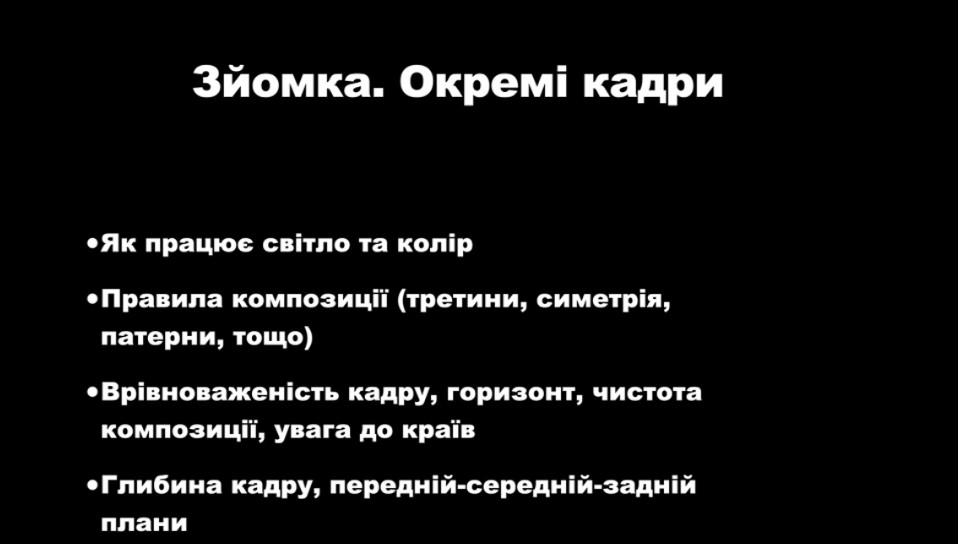
To obtain a high-quality report, take multiple shots – including foreground, middle ground, distant, details, landscapes, and more. A mix of such diverse photos gives a fairly voluminous picture of the place.
And to learn how to shoot, follow these tips:
- Shoot a lot.
- Get feedback, communicate with photographers, and seek mentorship.
- See many quality photos.
- Watch videos, movies, go to the theater, read books, and explore comics. Visit museums.
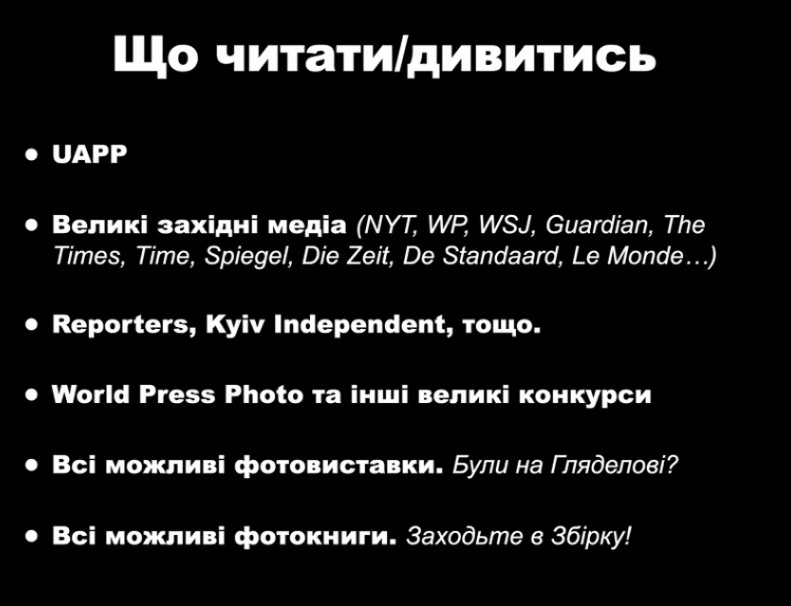
The project is funded by the Embassy of the Republic of Lithuania in Ukraine within the framework of the Development Cooperation and Democracy Promotion Programme.


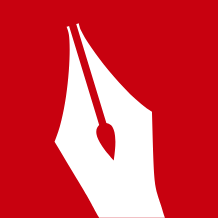 THE NATIONAL UNION OF
JOURNALISTS OF UKRAINE
THE NATIONAL UNION OF
JOURNALISTS OF UKRAINE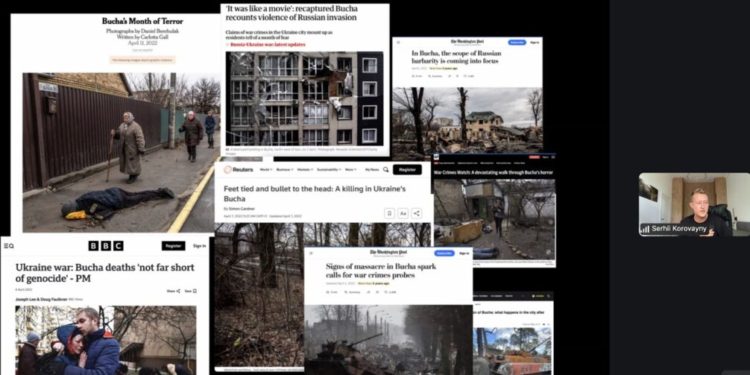
![International Media Organizations: peace plan mustn’t envision amnesty for crimes against journalists 8 Ukrainian flag on Independence Square [Maidan Nezalezhnosti] in Kyiv, Ukraine (archive image). EPA-EFE / Oleh Petrasiuk](https://nuju.org.ua/wp-content/uploads/2025/12/maidan-flag-yezhak-2022-350x250.jpg)
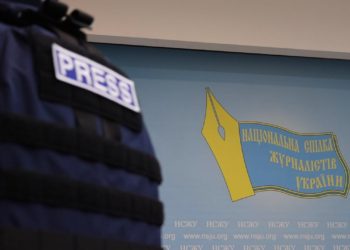

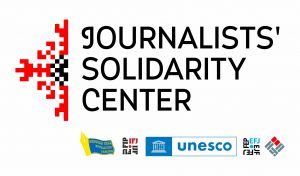
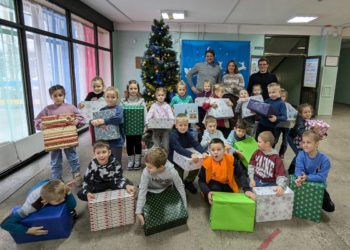
![International Media Organizations: peace plan mustn’t envision amnesty for crimes against journalists 12 Ukrainian flag on Independence Square [Maidan Nezalezhnosti] in Kyiv, Ukraine (archive image). EPA-EFE / Oleh Petrasiuk](https://nuju.org.ua/wp-content/uploads/2025/12/maidan-flag-yezhak-2022-120x86.jpg)





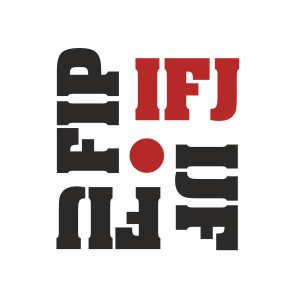
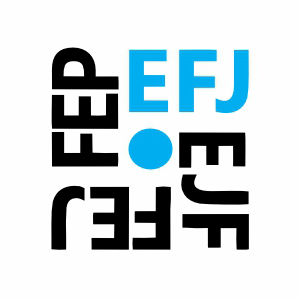


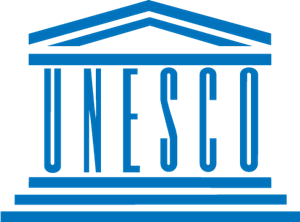
Discussion about this post